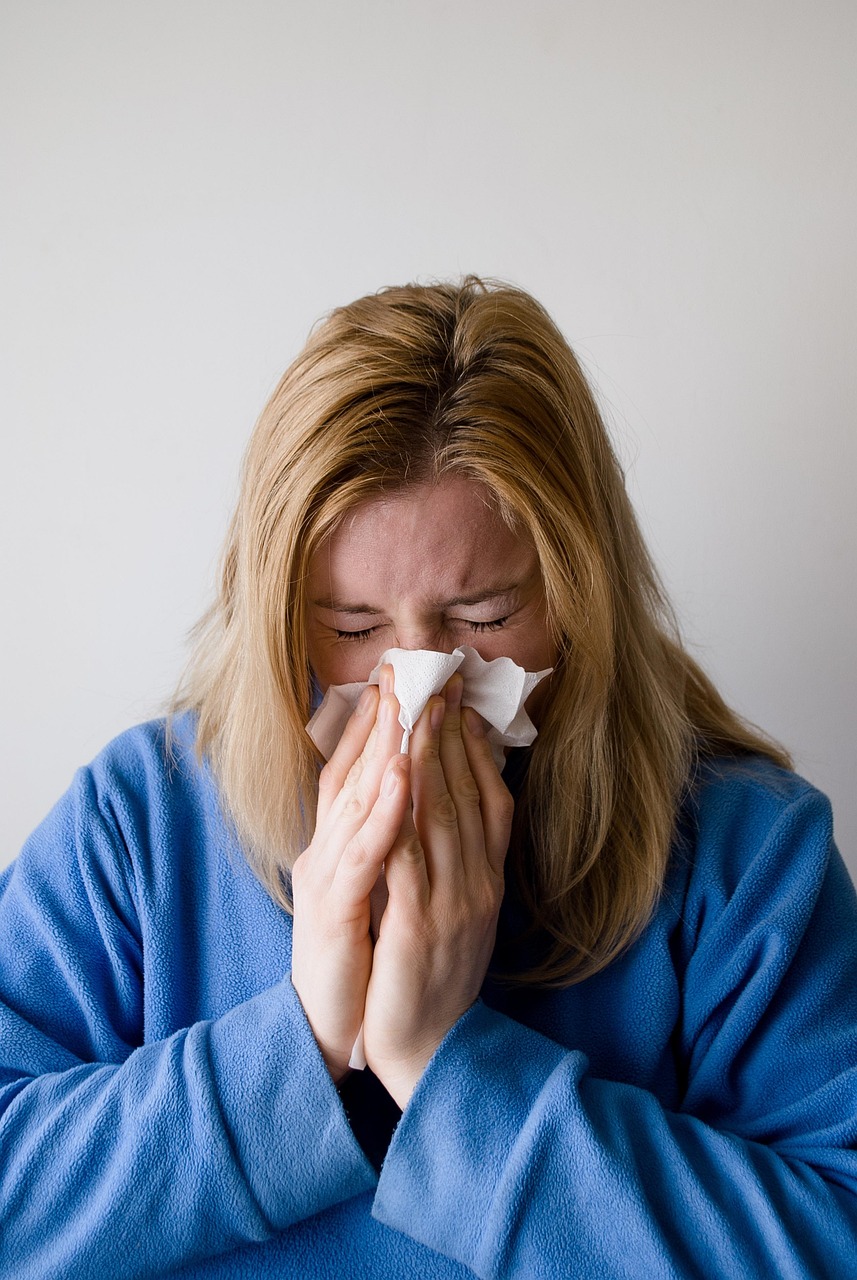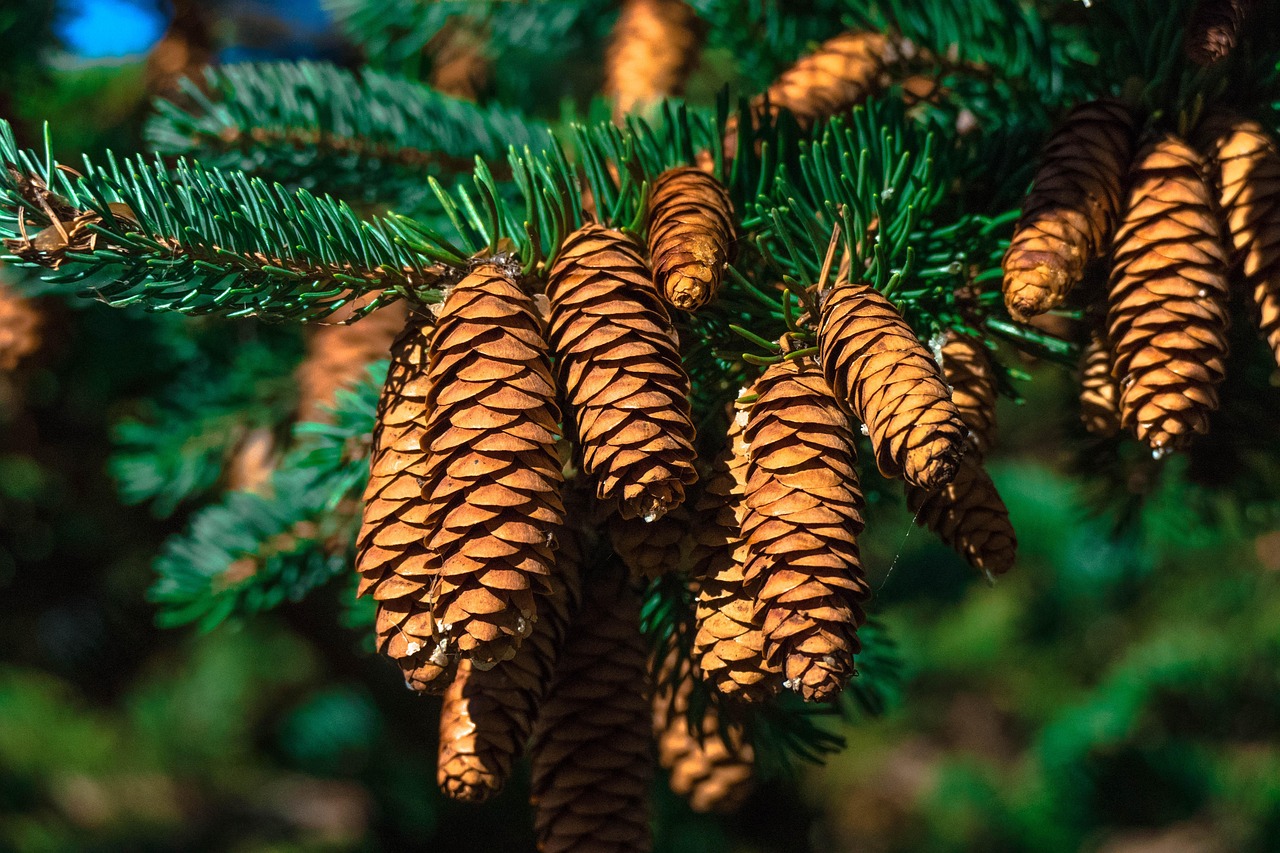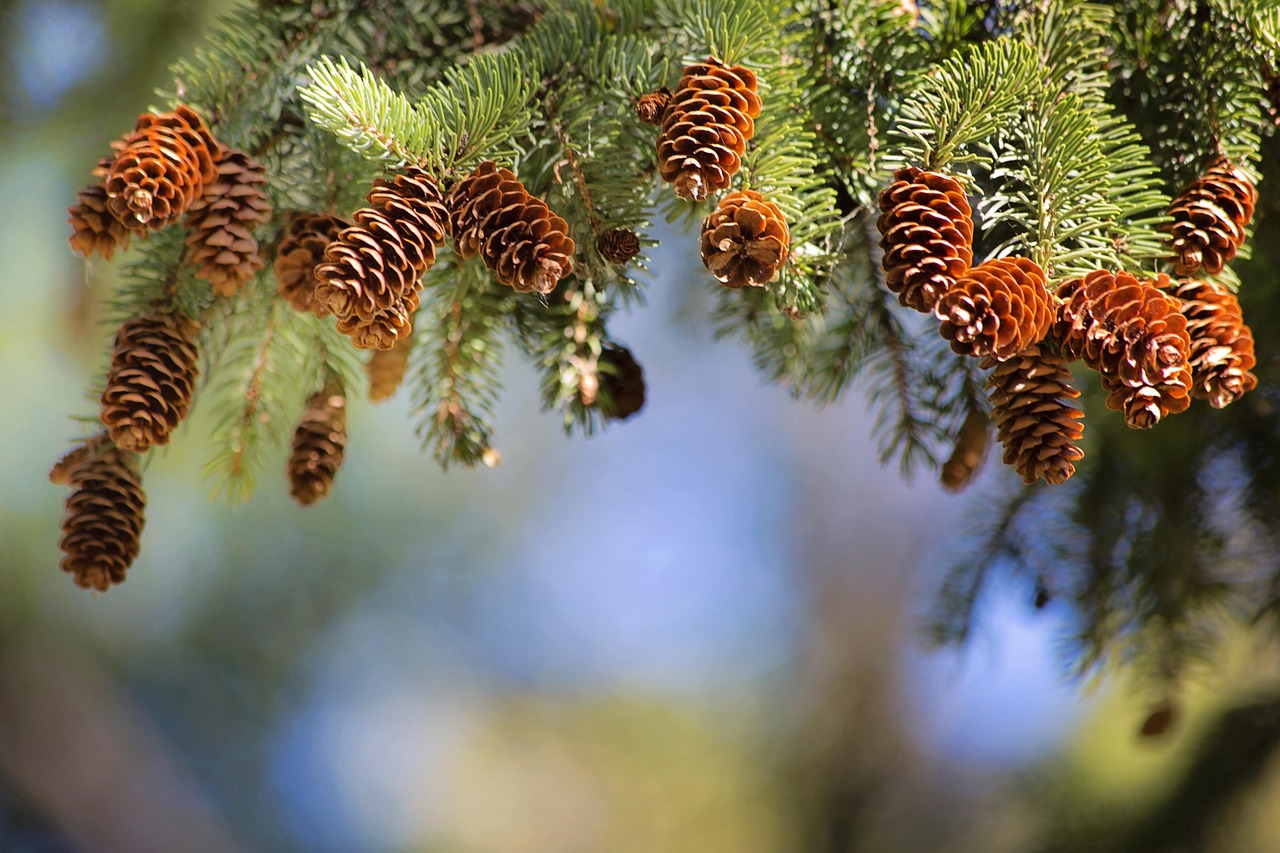To rescue a sick pine tree, start by diagnosing the issue accurately. Common problems include pests, diseases, and environmental stress. Recovery tips involve proper watering, treatment for pests or diseases, and providing appropriate nutrients to the soil.
Pine trees are admired for their beauty and resilience, but they can face various challenges that affect their health. Understanding how to diagnose and treat these issues is essential for any tree owner or enthusiast. Many factors can contribute to a pine tree’s decline, including environmental conditions, pest infestations, and diseases. Recognizing the early signs of distress can significantly improve the chances of recovery.
Throughout their lifespan, pine trees can be affected by different pathogens and insects. It is crucial to be vigilant and observe any changes in their appearance. Symptoms may manifest in several ways, such as discoloration of the needles, stunted growth, or a general lack of vigor. By identifying these symptoms early, you can take the necessary steps to restore your tree’s health.
Common Diagnoses for Sick Pine Trees

Diagnosing a sick pine tree requires careful observation and sometimes even professional assistance. Below are some common issues that may affect pine trees:
- Needle Discoloration: Yellowing or browning needles can indicate nutrient deficiencies or stress.
- Pest Infestations: Look for signs of beetles or caterpillars, which can cause significant damage.
- Fungal Diseases: Conditions like root rot or needle blight can severely impact health.
- Environmental Stress: Drought, soil compaction, and extreme temperatures can lead to decline.
Understanding these common diagnoses allows you to take targeted actions. If you notice one or more symptoms, further investigation is warranted. This might include soil testing or inspecting the roots and trunk for signs of decay or pests.
Diagnosis Techniques
To accurately diagnose the condition of your pine tree, consider employing the following techniques:
- Visual Inspection: Begin with a thorough visual inspection of the tree. Check for discoloration, insect activity, and any visible damage.
- Soil Testing: Conduct soil tests to determine nutrient levels and pH balance. This information is vital for effective treatment.
- Professional Consultation: If symptoms persist or worsen, consult an arborist or tree health professional for a detailed evaluation.
Taking these steps ensures that you have a comprehensive understanding of your tree’s health status. After diagnosing the issue, you can move forward with recovery strategies tailored to address the specific problems identified.
Treatment and Recovery Options
Once you have diagnosed the issue affecting your pine tree, implementing appropriate treatment is essential. The following table outlines various recovery options based on common diagnoses:
| Diagnosis | Treatment | Preventive Measures |
|---|---|---|
| Nutrient Deficiency | Fertilization with balanced nutrients | Regular soil testing and appropriate fertilizing |
| Pest Infestation | Insecticide application and biological controls | Monitoring for early signs of pests |
| Fungal Disease | Fungicide treatments and improving drainage | Avoiding overwatering and maintaining healthy soil |
| Environmental Stress | Watering schedule adjustment and mulching | Implementing proper watering practices |
These treatments depend on the specific diagnosis made earlier. Each option aims to restore health and vitality to your pine tree. By applying these recovery methods and monitoring progress, you increase your chances of success in saving your tree from decline.
Understanding Pine Tree Diseases
Pine trees are susceptible to various diseases that can hinder their growth and health. Recognizing these diseases early is vital for effective treatment. Below are some common diseases that may affect pine trees:
- Needle Blight: This fungal disease often appears as brown spots on the needles. It can cause significant needle drop and weaken the tree.
- Root Rot: Caused by fungi in overly wet soil, root rot can lead to wilting and yellowing of the needles. It often requires careful management of water levels.
- Pitch Canker: This disease affects the trunk and branches, causing resin to ooze out. It can lead to branch dieback and tree decline.
- White Pine Weevil: An insect that damages the terminal buds of young trees, leading to stunted growth and deformities.
Each of these diseases has unique symptoms and treatment options. Understanding these characteristics allows for quicker intervention, which can be crucial for saving your tree.
Identifying Symptoms of Pine Tree Diseases
Identifying symptoms accurately can help distinguish between different diseases affecting your pine tree. Here are some key indicators for the diseases mentioned:
- Needle Blight: Look for brown or black spots on the needles, along with premature needle drop.
- Root Rot: Signs include yellowing needles, wilting, and a general decline in vigor. Check for mushy roots during inspection.
- Pitch Canker: Check for oozing sap on the trunk and branches, along with areas of dead or dying foliage.
- White Pine Weevil: Observe for dead tops or crooked growth due to damage done to the terminal buds.
By monitoring these symptoms, you can take timely actions to treat the affected areas and prevent further damage to your pine tree.
Pest Management Strategies
Pests pose a significant threat to pine tree health. Effective pest management strategies are essential for protecting your trees. Here are some recommended approaches:
- Cultural Practices: Maintain healthy trees through proper watering, mulching, and fertilization to make them less susceptible to pests.
- Mechanical Controls: Hand-picking larger pests or using traps can help reduce populations without chemicals.
- Biological Controls: Introduce natural predators of pests, such as ladybugs for aphids, to keep pest populations in check.
- Chemical Controls: When necessary, apply insecticides targeted at specific pests. Always follow label instructions for safe application.
Implementing these strategies can significantly enhance the resilience of your pine trees against pest threats. Regularly inspect your trees to catch any infestations early.
The Role of Soil Health
The health of the soil plays a critical role in the overall health of pine trees. A well-balanced soil promotes robust growth and helps fend off diseases and pests. Consider the following factors to improve soil health:

- Nutrient Levels: Regularly test soil to ensure it has adequate nutrients such as nitrogen, phosphorus, and potassium.
- Soil Structure: Aerate compacted soil to improve drainage and root penetration. This is crucial for preventing root rot.
- Organic Matter: Incorporate organic matter, like compost or mulch, to improve soil structure and nutrient content.
- pH Balance: Aim for a pH level between 5.5 and 7.0 for optimal nutrient availability.
By focusing on soil health, you create a supportive environment for your pine trees to thrive. Healthy soil contributes significantly to their resistance against diseases and pests.
Watering Practices for Pine Trees

Proper watering practices are essential for maintaining the health of pine trees. Both overwatering and underwatering can lead to stress and facilitate disease development. Here are some tips for effective watering:
- Deep Watering: Water deeply and less frequently to encourage deep root growth. This helps trees withstand drought conditions better.
- Avoid Waterlogging: Ensure proper drainage around the tree base to prevent root rot caused by standing water.
- Monitor Soil Moisture: Use moisture meters or simply check the soil with your finger to gauge when watering is necessary.
- Seasonal Adjustments: Adjust your watering schedule based on seasonal conditions. For example, increase watering during dry summer months.
By adhering to these practices, you can help ensure that your pine trees receive the appropriate amount of water they need for optimal health and resilience against diseases and pests.
Fertilization Techniques for Pine Trees
Fertilization plays a crucial role in maintaining the health of pine trees, especially when they show signs of nutrient deficiencies. Providing the right nutrients can help revitalize a sick tree and promote vigorous growth. Here are effective fertilization techniques to consider:
- Soil Testing: Before applying any fertilizers, conduct a soil test to determine nutrient levels and pH. This will guide you in selecting the appropriate fertilizer.
- Balanced Fertilizers: Choose a balanced fertilizer with equal parts of nitrogen, phosphorus, and potassium (N-P-K). A common ratio is 10-10-10, which supports overall tree health.
- Slow-Release Options: Use slow-release fertilizers to provide a steady supply of nutrients over time. This reduces the risk of nutrient leaching and promotes sustained growth.
- Application Timing: Apply fertilizers in early spring or fall when the tree is actively growing. Avoid fertilizing during extreme heat or drought conditions.
Implementing these fertilization techniques can help ensure that your pine trees receive the necessary nutrients for optimal health and recovery.
Organic vs. Synthetic Fertilizers
When selecting fertilizers, you may choose between organic and synthetic options. Each has its advantages and disadvantages:
| Type | Advantages | Disadvantages |
|---|---|---|
| Organic Fertilizers | Environmentally friendly; improves soil structure; promotes beneficial microbial activity. | Slower nutrient release; may require more frequent applications. |
| Synthetic Fertilizers | Fast-acting; precise nutrient ratios; easy to apply. | Potential for nutrient leaching; may harm beneficial soil organisms if overused. |
The choice between organic and synthetic fertilizers depends on your goals and the specific needs of your pine trees. It is often beneficial to use a combination of both for optimal results.
Pruning Techniques for Sick Pine Trees

Pruning is an essential practice for maintaining the health of pine trees, especially when recovering from stress or disease. Proper pruning can enhance air circulation, reduce disease spread, and encourage healthy growth. Here are some pruning techniques to consider:
- Remove Dead or Diseased Branches: Cut back any dead or infected branches to prevent the spread of disease. Use clean, sharp tools to make clean cuts.
- Thin Crowns: Thinning the crown allows better light penetration and air movement. This helps reduce the risk of fungal diseases.
- Shape the Tree: Maintain a balanced shape by selectively pruning branches to create an attractive silhouette. Avoid cutting too much at once.
- Timing: Prune during the dormant season, preferably late winter or early spring, to minimize stress on the tree.
Regular pruning not only improves the appearance of your pine tree but also contributes to its overall health and recovery.
Tools Needed for Pruning
Using the right tools is essential for effective pruning. Here are some essential tools you should have on hand:
- Hand Pruners: Ideal for small branches up to ¾ inch thick.
- Loppers: Useful for cutting larger branches that are between ¾ inch and 2 inches thick.
- Saws: A pruning saw or chainsaw is necessary for larger limbs that require more power.
- Safety Gear: Always wear safety goggles and gloves to protect yourself while pruning.
Having the right tools ensures that your pruning efforts are effective and safe. Regular maintenance through proper pruning is key to a healthy recovery for sick pine trees.
Additional Considerations for Pine Tree Care
Beyond diagnosis, treatment, and recovery strategies, there are additional considerations that can enhance the health of your pine trees. These factors contribute to long-term resilience and stress management. Here are some important aspects to keep in mind:
- Mulching: Apply a layer of organic mulch around the base of the tree. Mulch helps retain soil moisture, suppress weeds, and regulate soil temperature. Ensure the mulch is not piled against the trunk to prevent rot.
- Monitoring Environmental Conditions: Keep an eye on local weather patterns and soil conditions. Sudden changes can impact tree health, making it essential to adjust care practices accordingly.
- Companion Planting: Consider planting compatible plants near your pine trees. Certain plants can enhance soil health or deter pests, providing additional protection for your pine trees.
- Regular Inspections: Schedule routine checks on your pine trees to identify any emerging issues before they escalate. Early detection is key to effective intervention.
By implementing these additional considerations, you can create a more supportive environment for your pine trees, helping them thrive and recover from stress or damage.
Final Thoughts
Rescuing a sick pine tree requires a comprehensive approach that combines accurate diagnosis, effective treatment, and ongoing care. Understanding the common diseases and pests, as well as taking steps to improve soil health and watering practices, are vital components of this process.
Fertilization and pruning techniques also play crucial roles in revitalizing a struggling tree. By using the right tools and techniques, you can effectively promote healthy growth and enhance the appearance of your pine trees.
Moreover, adopting additional practices such as mulching, monitoring environmental conditions, and conducting regular inspections can contribute significantly to the long-term health of your pines. These proactive measures not only support recovery but also enhance resilience against future stressors.
As a final reminder, each tree is unique, and its needs may vary based on species, age, and environmental conditions. Observing your pine trees closely and adapting your care strategies accordingly will be key to successful rehabilitation.
With dedication and informed practices, you can ensure that your pine trees not only survive but thrive for years to come, enhancing the beauty and ecological value of your landscape.
